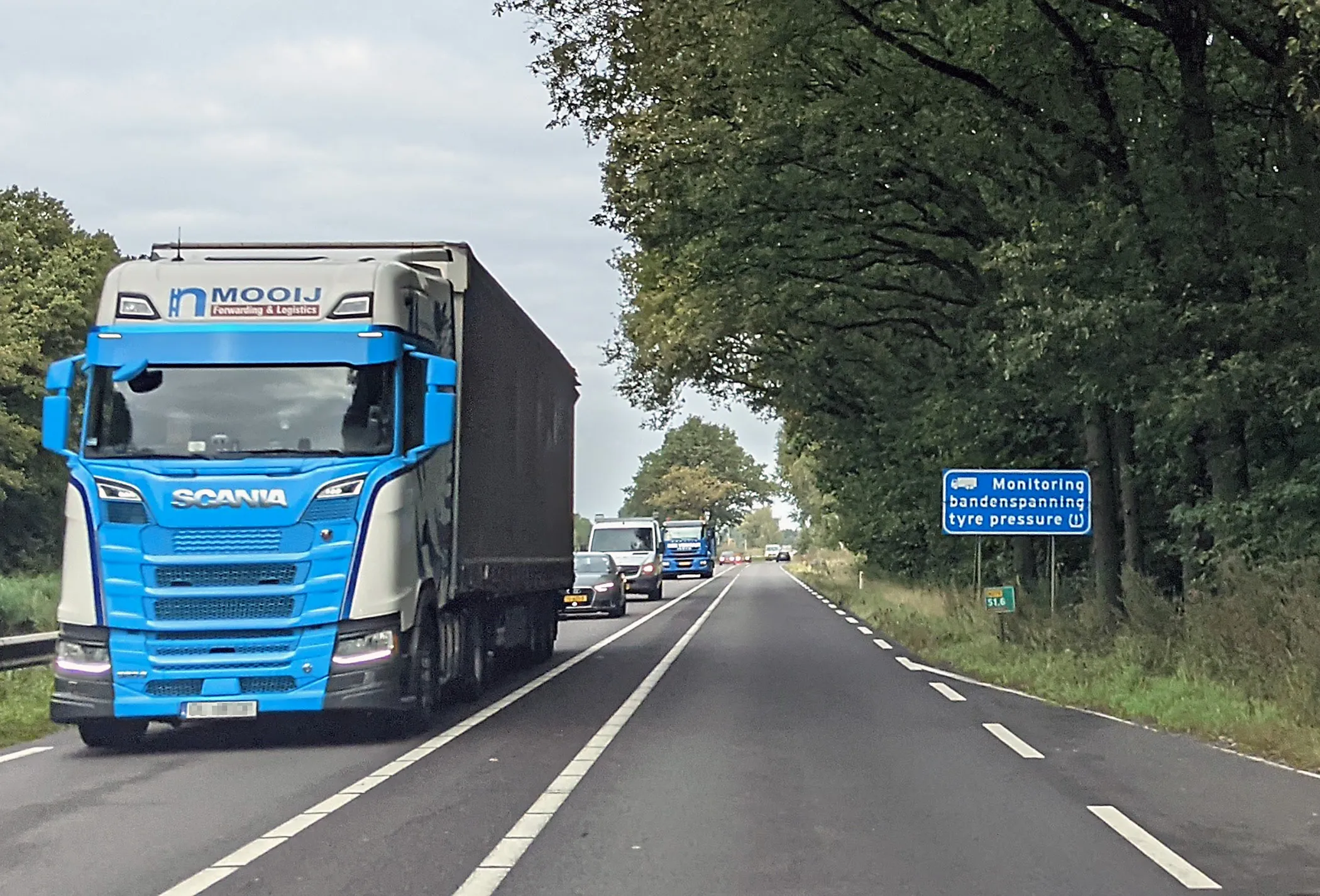The Pennsylvania Department of Transport (PennDOT) 511 system, 511PA, and the Pennsylvania Turnpike’s Roadway Information Program (TRIP), are to be privatised, following approval by the Pennsylvania Public Private Transportation Partnership (P3) Board of a project soliciting private sector proposals to manage and operate the systems. In operation since 2009, 511PA provides traffic-delay warnings, weather forecasts, average traffic speeds on urban interstates and access to more than 670 traffic cameras. The
January 11, 2013
Read time: 3 mins
The 6111 Pennsylvania Department of Transportation (PennDOT) 511 system, 511PA, and the 774 Pennsylvania Turnpike’s Roadway Information Program (TRIP), are to be privatised, following approval by the Pennsylvania Public Private Transportation Partnership (P3) Board of a project soliciting private sector proposals to manage and operate the systems.
In operation since 2009, 511PA provides traffic-delay warnings, weather forecasts, average traffic speeds on urban interstates and access to more than 670 traffic cameras. The 511 site also provides easy-to-use, colour-coded winter road conditions for all interstates and other routes covered in the 511 reporting network. Regional Twitter alerts are also available on the 511PA website. The Pennsylvania Turnpike also deploys its own traveller information system, TRIP, which provides traffic and weather information.
“I feel strongly that having traveller information available in a variety of ways, and utilising the latest technologies, is a crucial service travellers have come to expect and deserve,” PennDOT Secretary and P3 board chairman Barry J. Schoch said. “With innovation in the marketplace happening at a lightning pace, a public-sector entity such as PennDOT cannot take full advantage of the latest advancements, so we will challenge the private sector to provide us with a solution that allows us to do just that.”
Proposals will be reviewed by a team of staff from PennDOT and the Pennsylvania Turnpike Commission to determine if customer service is maintained or can be enhanced, and if the proposal offers the opportunity to offset costs through sponsorships of the program. If the proposal is determined to be sound, PennDOT will begin negotiations and execute a contract for a private entity to provide these services for a defined period of time with various performance requirements.
The P3 Board also approved soliciting proposals on: traffic-flow data; video sharing; staffing and managing a statewide traffic management center and regional traffic management center near Clearfield; enhancing and managing PennDOT’s road weather information systems; administering the outdoor advertising program; sponsorship opportunities at Pennsylvania welcome centres and rest areas; sponsorship of PennDOT’s freeway service patrols; managing PennDOT’s sponsor-a-highway Program; and sponsoring PennDOT’s yellow dot program. PennDOT will explore possible public private partnership opportunities in all of these programs but a decision on whether to enter into any contractual agreement on any or all will only be determined after a review of proposals submitted through a competitive procurement process.
Last September, Governor Tom Corbett signed into law the Public and Private Partnerships for Transportation Act, which authorised P3 projects in Pennsylvania. This law allows PennDOT and other transportation authorities and commissions to partner with private companies to participate in delivering, maintaining and financing transportation-related projects.
As part of the P3 law, the seven-member Public Private Transportation Partnership
Board was appointed to examine and approve potential public private transportation projects. If the board determines a state operation would be more cost-effectively administered by a private company, the company will be authorised to submit a proposal and enter into a contract to either completely or partially take over that operation for a defined period of time.
In operation since 2009, 511PA provides traffic-delay warnings, weather forecasts, average traffic speeds on urban interstates and access to more than 670 traffic cameras. The 511 site also provides easy-to-use, colour-coded winter road conditions for all interstates and other routes covered in the 511 reporting network. Regional Twitter alerts are also available on the 511PA website. The Pennsylvania Turnpike also deploys its own traveller information system, TRIP, which provides traffic and weather information.
“I feel strongly that having traveller information available in a variety of ways, and utilising the latest technologies, is a crucial service travellers have come to expect and deserve,” PennDOT Secretary and P3 board chairman Barry J. Schoch said. “With innovation in the marketplace happening at a lightning pace, a public-sector entity such as PennDOT cannot take full advantage of the latest advancements, so we will challenge the private sector to provide us with a solution that allows us to do just that.”
Proposals will be reviewed by a team of staff from PennDOT and the Pennsylvania Turnpike Commission to determine if customer service is maintained or can be enhanced, and if the proposal offers the opportunity to offset costs through sponsorships of the program. If the proposal is determined to be sound, PennDOT will begin negotiations and execute a contract for a private entity to provide these services for a defined period of time with various performance requirements.
The P3 Board also approved soliciting proposals on: traffic-flow data; video sharing; staffing and managing a statewide traffic management center and regional traffic management center near Clearfield; enhancing and managing PennDOT’s road weather information systems; administering the outdoor advertising program; sponsorship opportunities at Pennsylvania welcome centres and rest areas; sponsorship of PennDOT’s freeway service patrols; managing PennDOT’s sponsor-a-highway Program; and sponsoring PennDOT’s yellow dot program. PennDOT will explore possible public private partnership opportunities in all of these programs but a decision on whether to enter into any contractual agreement on any or all will only be determined after a review of proposals submitted through a competitive procurement process.
Last September, Governor Tom Corbett signed into law the Public and Private Partnerships for Transportation Act, which authorised P3 projects in Pennsylvania. This law allows PennDOT and other transportation authorities and commissions to partner with private companies to participate in delivering, maintaining and financing transportation-related projects.
As part of the P3 law, the seven-member Public Private Transportation Partnership
Board was appointed to examine and approve potential public private transportation projects. If the board determines a state operation would be more cost-effectively administered by a private company, the company will be authorised to submit a proposal and enter into a contract to either completely or partially take over that operation for a defined period of time.











